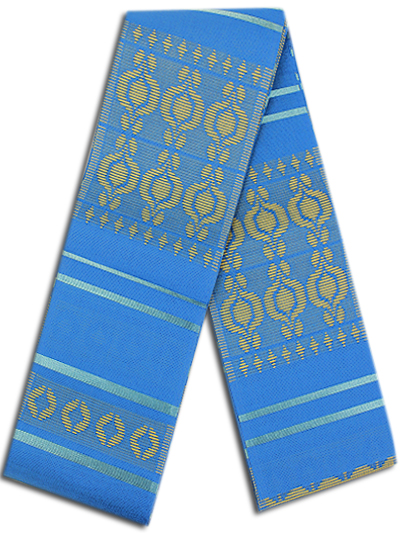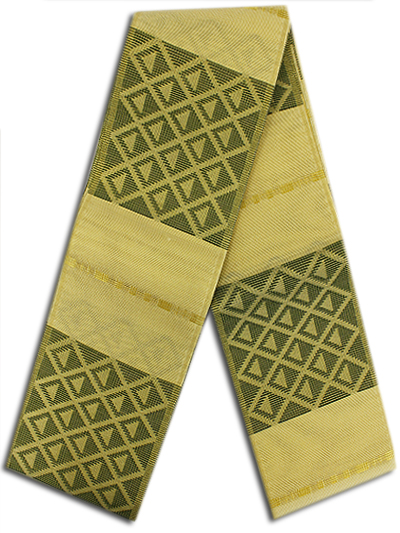Aso Oke is a wonderfully vibrant, hand-loomed cotton cloth head tie which originates from the Yoruba people of Nigeria. Meaning top-cloth, this rich material is enough to catch the eye of anyone interested in African fabrics; it was only a matter of time before we looked into Aso Oke further on our blog.
Creating Aso Oke
 To produce Aso Oke, there are four key steps which the Yoruba ethnic group, one of the largest in Africa, have followed for many years.
To produce Aso Oke, there are four key steps which the Yoruba ethnic group, one of the largest in Africa, have followed for many years.
- First comes the cultivation of cotton plants, which usually takes between five to eight months from plant to harvest.
- The harvested raw cotton is then processed by hand through an ‘Orun’, or ‘Spindler’, which involves the material being rolled over a wooden loom and rotated until it is sufficiently thinned or spun.
- Next comes the most tedious part of the process: sorting. Traditionally done by hand, this quite simply consists of a person removing all the dirt from the spun cotton.
- Finally, creativity comes into play as the cotton is dyed and woven to create imaginative patterns for the grand final piece.
Tradition Meets Fashion
 Traditionally worn in Nigeria only to mark special occasions such as festivals, engagements, naming ceremonies or funerals, Aso Oke is used to make bold, statement garments for both men and women; primarily men’s gowns and hats (Agbada and Fila) and women’s wrappers (Iro).
Traditionally worn in Nigeria only to mark special occasions such as festivals, engagements, naming ceremonies or funerals, Aso Oke is used to make bold, statement garments for both men and women; primarily men’s gowns and hats (Agbada and Fila) and women’s wrappers (Iro).
Nowadays, Aso Oke is far more widely available than it was even a few decades ago, due in the most part to the rise of the online market – something we are proud to contribute to. Though there are now endless varieties available, there are three main types of Aso Oke typically worn by Yoruba people. These are the striking red Alaari cloth, Sanyan, which features warmer shades of brown and Etu, Aso Oke of a deep blue hue.
It’s fantastic to know that traditional African fabrics such as Aso Oke can now be enjoyed by a much wider audience than ever before and, this being the case, that this vivid material can have its brilliance applied to the development of contemporary design concepts. We hope to have inspired you to take a look into this fabulous material some more yourself; do check back soon for more insights into the great fabrics of Africa.

